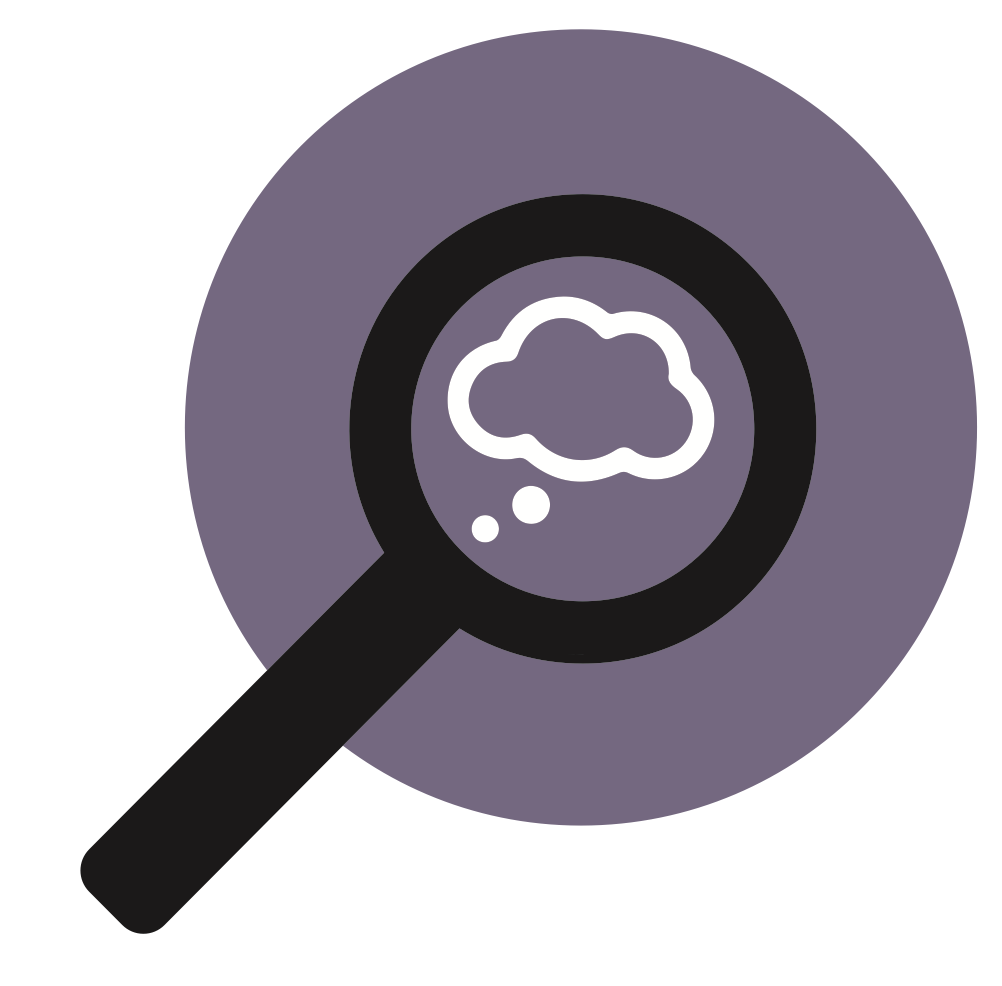Thinking skills
Previous / Next
Thinking, Feeling & Actions
Part 3 - Thinking skills
“We can’t solve problems by using the same kind of
thinking we used when we created them.”
Albert Einstein
Albert Einstein

Some ways of thinking are considered skills that can help us to process information so that we may then solve problems, make decisions, pick up clues and find solutions.
To make it easier for us to understand more about thinking skills, American educational psychologist Benjamin Bloom broke them down into six classifications or stages, which became known as Bloom’s Taxonomy. They are as follows: